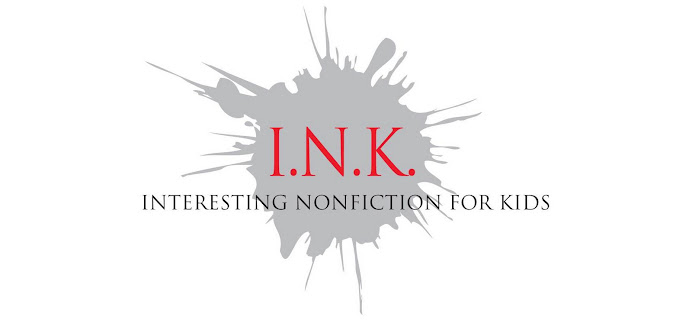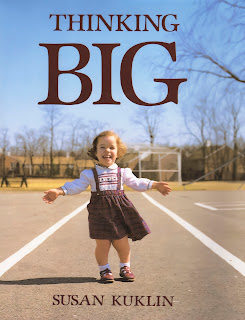Who could resist an invitation like this:
3 July 1872
Dear Mr Thayer,
Come
be a brave good cousin, and face our heats and solitudes on Friday eve… and we
will give you a cup of tea, and piece of a moon and all the possibilities of Saturday….
Your friend, R. W. Emerson
This sweet, quirky invitation was one of the first things I
read as I began researching the life of Ralph Waldo Emerson. And as soon as I
read it, I thought, ‘I’ve got to write this book!’
Not that I knew what ‘this book’ was, of course—not at
first. (It was only after months of reading and thinking and writing that A Home For Mr. Emerson began to take shape.)
But from the start, I was inspired by this man who believed that each of us can create the life we dream of living.
For Emerson, that was a life centered on friendship and home.
For Emerson, that was a life centered on friendship and home.
In his study, brimming with books and journals, Ralph Waldo
Emerson wrote many letters to friends far and near. Come to my home in Concord,
he invited them. Come on the four o’clock train.
I love how Edwin Fotheringham’s illustration invites readers
into Emerson’s home AND into a book about his life.
And this invitation sums up in a nutshell my sense of what a
picture book biography is meant to do: to invite young readers into a new life,
to meet someone they might like to know better.
If you think about it, all nonfiction for kids is an
invitation. Here’s something interesting, a nonfiction book says. Here’s
something you might like to know about. Come on in.
I’ve been lucky these past few years to work in concert with
the other authors on INK, issuing invitations to kids—offering them through our
books a “piece of a moon and all the possibilities of Saturday.”
And I’ve loved getting to know the readers of this blog,
folks just as passionate about nonfiction as I am.
This is my last post on INK, brainchild of the amazing Linda Salzman. The past five years have been an honor and a pleasure. Thank you, all.













